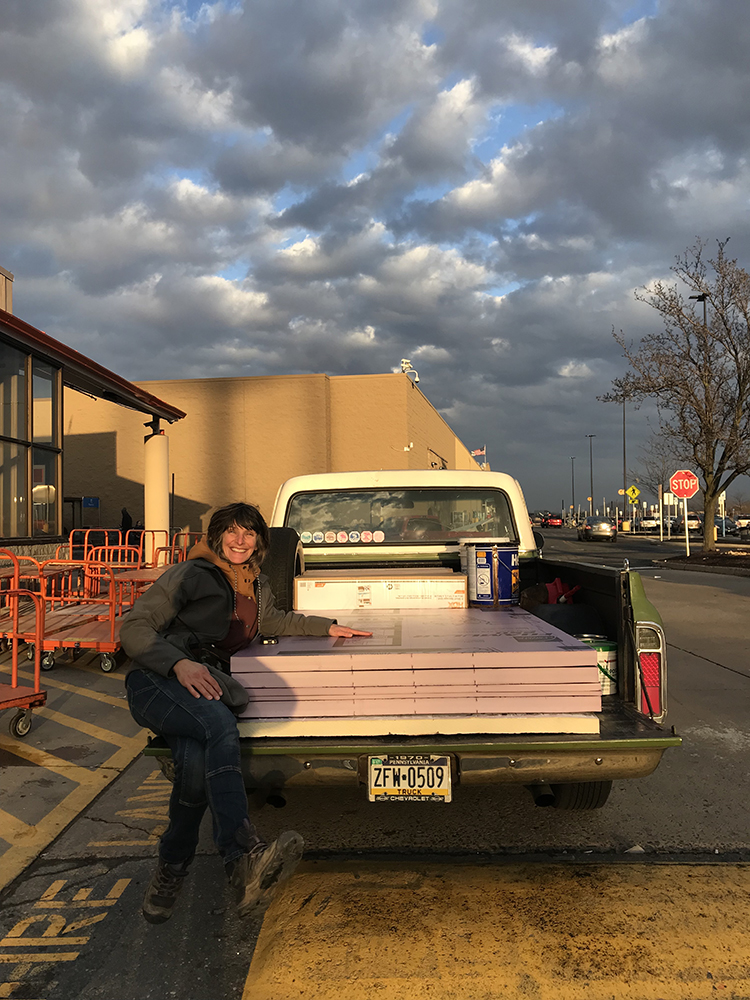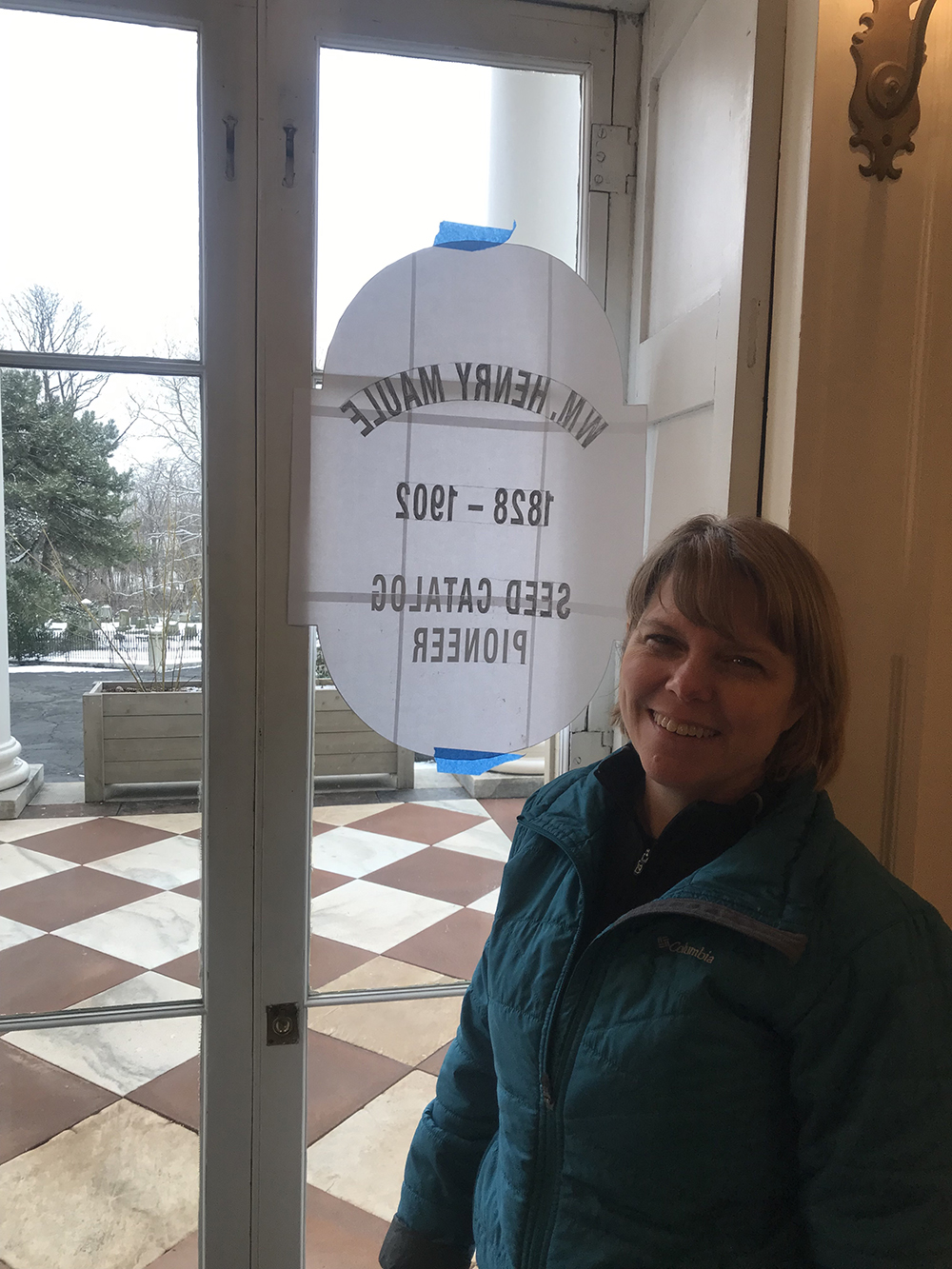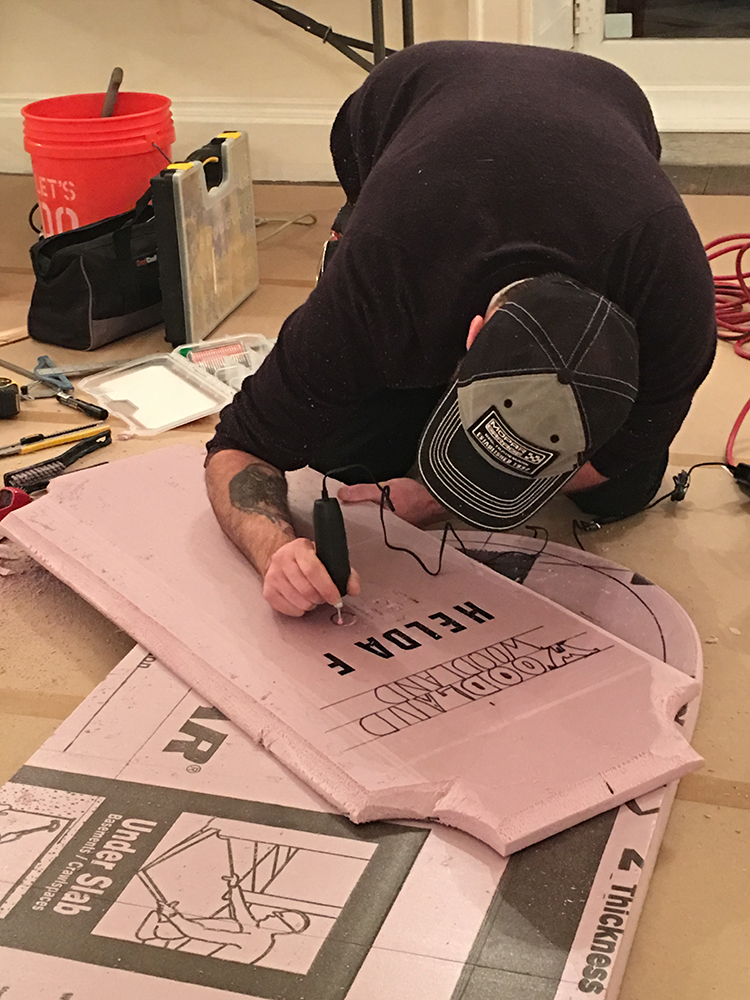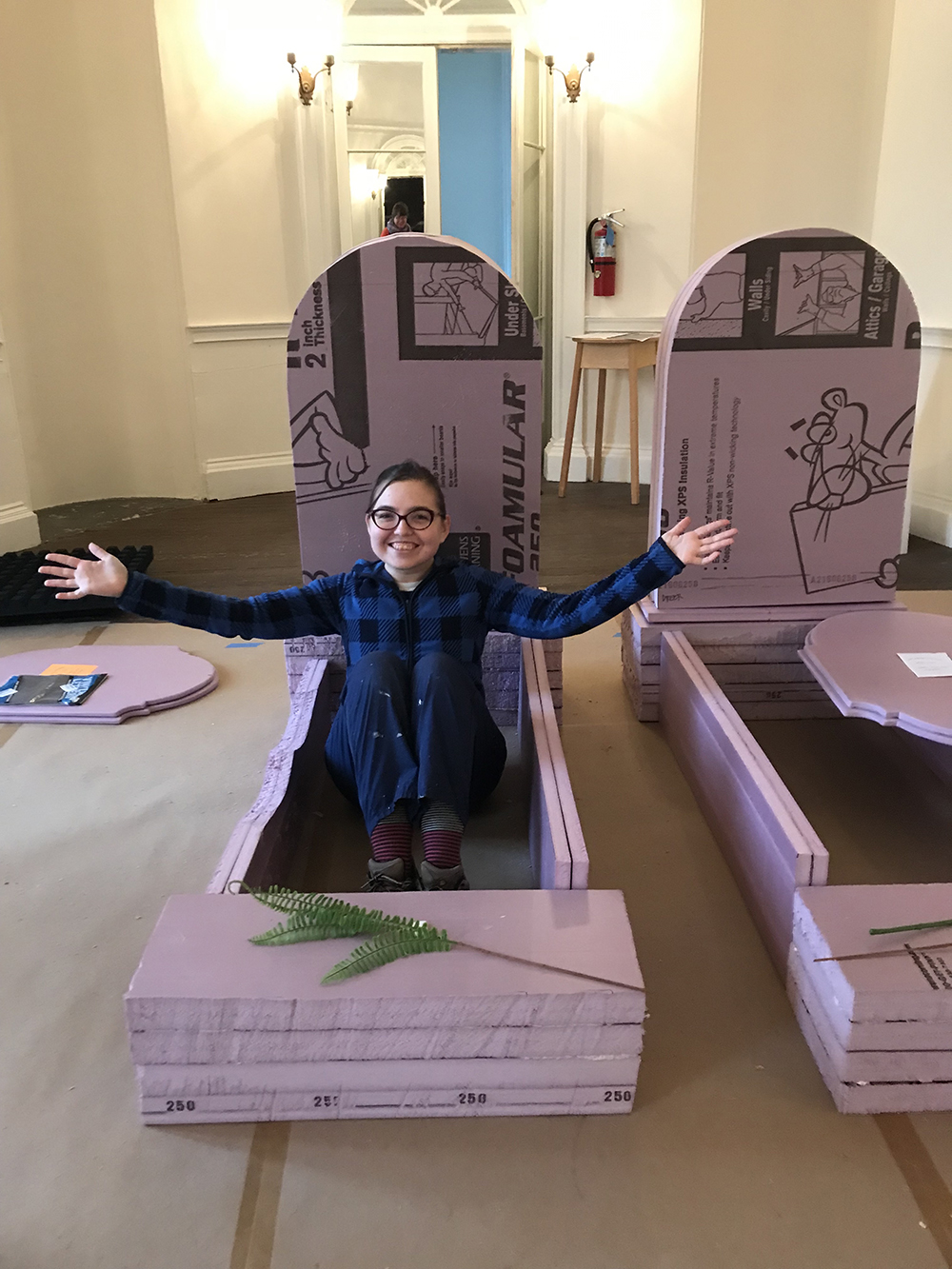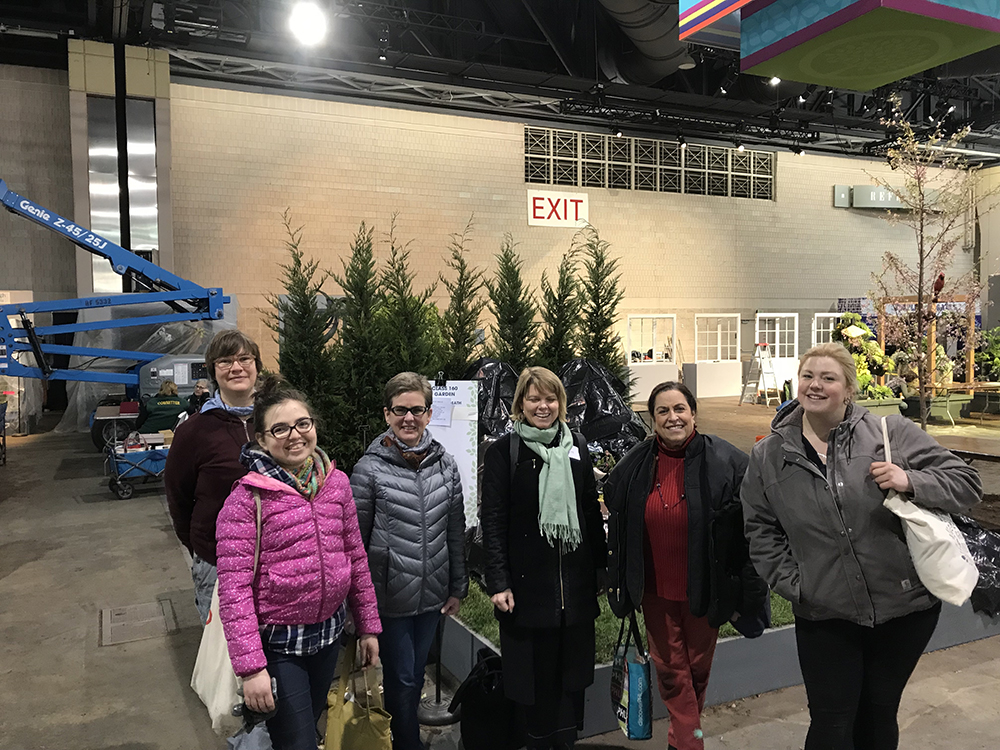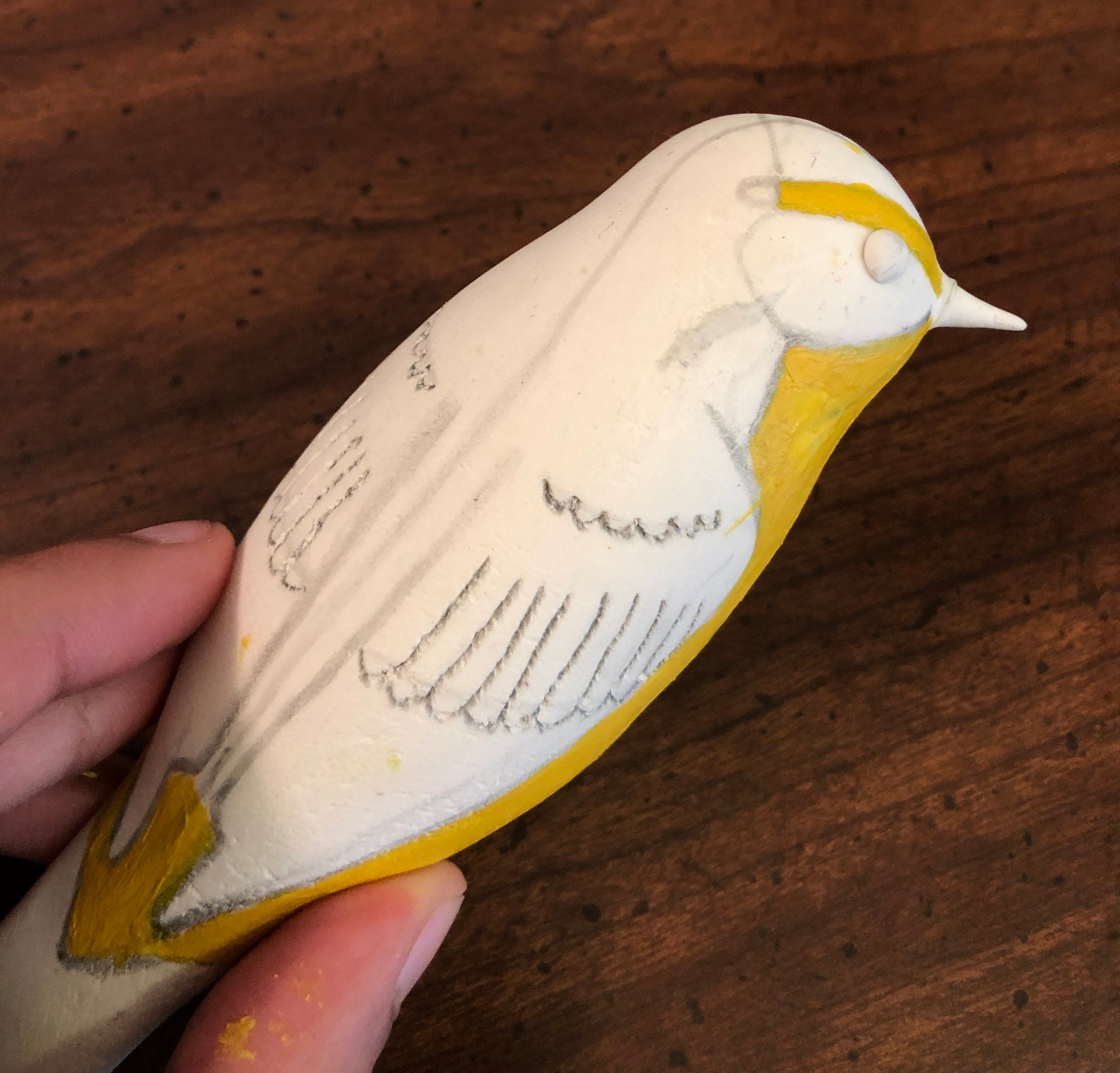PHILADELPHIA, April. 15 — This is a PSA and a call for support from The Woodlands community to help spread the word: people have been taking flowers from The Woodlands and this is unacceptable. Twice this week alone, visitors were seen removing flowers from the cemetery for their personal use, including cuttings from Grave Gardens and our flowering trees.
Read MoreThe Woodlands Announces 2024 Grave Gardener Application Period
PHILADELPHIA, Jan. 8 — The Woodlands Cemetery in West Philadelphia has officially launched the 2024 Grave Gardener application period. Starting in January, nearby residents have the opportunity to apply for a volunteer role tending a cradle grave at the historic 54-acre cemetery. The application window extends through Wednesday, January 17, 2024.
Read MoreGrowing Community with The Woodlands Grave Gardeners
The Grave Gardener program is entering its 5th year come Spring 2020, and the application period to join this internationally famous group of volunteers is open right now, through January 15th. Many are familiar with the program, either from watching our segment on CBS Sunday Morning, reading about us in the Associated Press, or seeing our name in blogs like Atlas Obscura and The Order of the Good Death. The Grave Gardeners have inspired a new wave of gardening, and we’ve seen it spread to other historic cemeteries in our own back yard, to small and large cemeteries across the country, and to individuals tending the gravesites of strangers and loved ones all over the world. It has been an incredible 5 years.
Hamilton Mansion (river view) 1907.
The history of The Woodlands is steeped in horticulture. When William Hamilton inherited 250 acres on the west bank of the Schuylkill River, he turned The Woodlands into his full time home. Between 1770 and 1813, Hamilton transformed the area now known as University City into his English country style estate, complete with the first Federal Mansion built in America, the most important greenhouse in the country at that time, and over 90 acres of English style pleasure gardens. William Hamilton’s gardening efforts were so significant, Thomas Jefferson sent a large amount of the botanical collection acquired by Lewis and Clark on their journey to The Woodlands for germination and study. After Hamilton died in 1813 with no direct heirs, his estate was left to other family members, and from there fell into disrepair. Seed and Nurserymen like Henry Dreer rented the greenhouse to expand their own businesses, and parts of the estate were being reallocated for uses like an Almshouse and later the University of Pennsylvania. In 1840, The Woodlands Cemetery Company was formed under the leadership of Eli K. Price as an early act of preservation to save the Hamilton Estate from the growth of industrialization taking place along the Schuylkill. (You can read all about this history and more with our online resources!)
During this time, rural cemeteries acted as an early form of public parks, and city residents enjoyed spending time in cemeteries like The Woodlands to picnic, garden, and enjoy time outdoors. A popular headstone style during the Victorian Era, “Cradle Graves” were a common style of headstone installed by families at The Woodlands. They would be tended by individual families with flower gardens, but in recent decades have only been filled with grass. The Grave Gardeners are adopting these cradle graves and bringing the gardens back.
Many people might not know the full value of the Grave Gardeners to The Woodlands as an organization, or how the program has transformed this not-so-hidden gem in West Philadelphia. Five years ago, The Woodlands was a 54-acre private non-profit Cemetery and Historic Trust, with over 30,000 burials, more than 700 trees, and only two full time staff (we’re now a team of three!). The gates were open every day to welcome members of the community from students, to travelers, and families from the neighborhood to explore and learn in an open green space. The landscape had plenty to offer, but we knew we could do more if we had a little help.
We’re breaking down a few (out of countless) reasons the Grave Gardeners make The Woodlands special, and we hope it inspires you to apply to be a part of this transformative group of people (just remember to do so by January 15th).
They multiply resources. As a three person staff, it is incredibly challenging and rewarding to be the stewards of this National Historic Landmark District. We create programs, cultivate a growing community, and watch over our permanent residents, historic structures, and trees. The Grave Gardeners give us the opportunity to propagate plants and keep things alive within the cemetery. Planting flowers and trees is relatively easy. Keeping these young plants alive is hard. The Grave Gardeners do a fantastic job, and we couldn’t keep everything growing without them.
The Grave Gardeners have an endless amount of enthusiasm. When we first considered what the Grave Gardener program would look like, we imagined 20 committed people who all lived nearby, liked to garden, and were interested in learning more about the people who were buried in The Woodlands. We ended up with 75 people who felt committed to this place, and wanted to literally get their hands dirty in an effort to learn more and help beautify the landscape for all 35,000 annual visitors to enjoy. They attend workshops in the winter for a crash course into the practice of gardening in cemeteries, why Philadelphia is a hot spot for horticulture, and how best to plant and design a diverse grouping of fillers, spillers and thrillers (If you know, you know. And if you don’t, we’ll teach you!) into a Victorian era cradle grave. Today there are about 130 Grave Gardeners who take this enthusiasm for learning and focus it on weeding, watering, and sharing it with their friends and family.
Each year they put us face to face with the best possible problem. So many people apply to be a part of the program, we sadly can’t accept them all. There are other ways to get involved though! We have a robust volunteer group full of people who help with landscape clean up days, special projects, and help make public events go smoothly. You can take a Thursday tour to learn more about The Woodlands history and new research to share with family and friends as you explore the grounds. You can even make plans to be buried here and continue the ongoing tradition of this being an active cemetery. While we can only accept Grave Gardeners during a short window in January, you can enjoy the cradle graves and floral landscape 365 days a year from dawn to dusk.
Have we piqued your interest? You can learn even more about becoming a 2020 Grave Gardener and apply today.
The Grave Gardeners Flower Show Journey
When we were asked by PHS in the early summer of 2018 to enter the Small Garden design competition of the 2019 Philadelphia Flower Show, we were not entirely sure what we were getting into, but knew that it was an opportunity we could not pass up. It wasn’t just that The Woodlands was being asked to enter the show, it was that PHS was interested in having the Woodlands Grave Gardeners enter the show.
With the realization that the Grave Gardeners would have the opportunity to be in the spotlight for the second time in one year (check them out in an April 2018 episode of CBS Sunday Morning), we knew we had to go big, and couldn’t do that without help. A dedicated group of Grave Gardeners started to get together months before the Flower Show to plan and execute our competitive entry. The theme of our design category is “Yin Yang”. Naturally, we decided to move forward under the guidance of our newly chosen exhibit title “Life From Death,” and create life size replicas of three Grave Gardens highlighting some of the notable horticulturalists buried here including Ann Bartram Carr, WM Henry Maule, and Henry Dreer.
The Grave Gardeners proceeded to learn the unique skill of creating hyper-realistic headstones out of pink foam with the aid of water, heat, and spunk. None of this would have been possible without the guidance of Doug Bailey, who has honed his foam headstone creative skills working on the installations for Eastern State Penitentiary’s Terror Behind The Walls. The process from there is better described through images, and you can follow along the Grave Gardeners journey to the Flower Show below. You’ll also find a guest entry by Toribird, who took the cemetery scene and our theme, “Life From Death” one step further by creating life size replicas of birds and positioning them in the exhibit hanging out, even snacking on bees.
Visit the Grave Gardeners exhibit in person in the “Small Gardens” section of the Design Gallery at the PHS Flower Show. The Flower Show will be running from Saturday, March 2nd through Sunday, March 10th. Learn more about the flower show here, and download a copy of the map to take with you!
And so it begins, Robin and Jessica purchase pink foam to create the hyper-realistic headstones you’ll see in the exhibit.
Thanks to Doug, for sharing his unique experience with our Grave Gardeners, Greta Greenberger, Maureen Cook, May Sam, and Sue Gettlin. Woodlands Staff Natalie and Robin also learned this new skill.
The headstone “engraving” process begins. How did we do it, you ask?! Find out below as Grave Gardener Becca Flemer takes Henry Maule’s headstone to the next level.
Doug showing all the different techniques to carve and build text on the foam. To get raised letters, you apply concentrated heat over vinyl letters and all the foam around the vinyl melts down revealing crisp text.
Grave Gardeners Becca and Sue begin the “engraving” process on Henry Maule and Henry Dreer’s headstones.
BEFORE: Grave Gardener Emma Hollier shows us what life size pink foam headstones look like.
AFTER: Woodlands Intern, Kathie Brill proves that monster mud and white paint go a long way in turning foam into headstones.
At this point we have three brand spanking new looking headstones, which doesn’t fit in a Victorian cemetery scene, so the next step is aging the stones to look like 19th Century marble. Grave Gardeners Becca, Greta, and Rachel Eichelberger take on the challenge.
Grave Gardener Peggy Daniel oversees the layout of the family lot in the dining room of the historic Hamilton Mansion.
Enjoy this time-lapsed video of the “headstone” aging process.
Maule is almost there!
Man With A Van generously donated their services to help us get our platform, foam headstones, and supplies to the convention center! They are THE BEST. From this point on, explore the visual diary of our 2-day adventure in the convention center.
Here, Volunteer and Grave Gardener Joe Shapiro shows off the platform HE BUILT HIMSELF. Thank you, Joe!!
A little cemetery humor!
A HUGE thank you to our Grave Gardener volunteers for making this possible. Pictured above from left: Jessica Baumer (ED The Woodlands), Emma Hollier, Jackie McCrea, Becca Flemer, Greta Greenberger, and Rachel Eichelberger. Not pictured: so many Grave Gardeners. THANK YOU!!!
Thank you so much to all the Grave Gardeners, volunteers and supporters who made our exhibition in the Flower Show possible. We hope you’ll visit our display, and wish us luck in the judging!
When you visit the Grave Garden scene at the Flower Show, you’ll notice that in addition to the trees and flowers, there are also a variety of birds present. We asked our resident birding expert, Toribird, to curate The Woodlands wildlife, and she blew us away. Read on to learn more about her personal Flower Show experience.
“Hey, Toribird here. Last July, I was told that The Woodlands would be participating in the upcoming Philadelphia Flower Show, and that it might be nice to have a few model birds in it to emphasize the nature at The Woodlands. As The Woodlands own bird nerd, I was asked if I could make these models. Though not 100% sure what I was getting myself into, it sounded like a unique and fun opportunity, and I said that I'd be happy to.
Of course, the first step was deciding what birds to make. The setting for our display would be The Woodlands in May, so I wanted to pick common, charismatic, birds for that scene. In the end, I had four species - three Palm Warblers, and one each of Northern Cardinal, House Finch, and Eastern Kingbird. My models started out as lumps of wet Model Magic, which I formed into life-size birds, sometimes needing to come up with very creative ways for them to dry so that they would not end up flat on one side!
Next, I drew the markings of the birds in pencil on the dry Model Magic. Those pencil markings would serve as a guide for painting the models - somewhat like following the outlines in a coloring book. When the birds had all been painted, I inserted pewter bird legs (the kind that woodcarvers often use).
This all sounds relatively easy, and is not to say that I did not encounter problems. Sketching on all the patterns could be painstaking, but what really proved difficult was matching all the colors in the birds. (Never underestimate the number of shades of red in one male cardinal!) Despite these difficulties, I am happy with what I have created, and glad to be a part of The Woodlands latest adventure!”
The Haseltine Family: Modern Art Moguls
Surrounded by lovely, lily-gilded stone lies Elizabeth Holmes Haseltine under the impersonal moniker "Mother." Born in Pittsburgh in 1842 to attorney and businessman Joseph and his wife Esther Holmes Hoge, Elizabeth was also the granddaughter on both sides of two Presbyterian preachers. In 1863 in Pittsburgh, she married Philadelphia-born Charles Haseltine, the scion of an old New England family and the brother of artist William Stanley Haseltine. He was a merchant who left the University of Pennsylvania after two years to start his professional life. Charles' interests are better documented than his wife's; like many upper class men of his day, he was a member of the Philadelphia Sketch Club, the Union League, and the Art Club. He was the owner of the international art house, Haseltine Art Galleries, and was known as a prominent international art dealer. Haseltine handled some of Thomas Eakins' early works, including "The Gross Clinic" and "The Agnew Clinic" which were first exhibited at Haseltine Art Galleries.
The Haseltine Gallery used to stand at 1416-18 Chestnut Street.
The couple had three daughters and lived comfortably at 1707 Spruce Street with domestic servants. The middle daughter Elizabeth, "Lillie," died at age 14 and is buried to the left of her mother in the Haseltine plot. Elizabeth died in March 1891 at age 50 of acute laryngitis at a resort in Coronado Beach, CA where she visited the Pacific Ocean for the first time with her husband. It is likely that they stayed at the Hotel del Coronado as the "Del" was completed in 1888. (The Del's founders built the seaside resort in what was a barren landscape to market luxury resort vacations to the Gilded Age bourgeoisie.) The funeral took place in April in Philadelphia at the Second (now First, after a 1949 merger) Presbyterian Church at Walnut and 21st Street, a Henry Augustus Sims design from 1872.
Grave Gardens in the Haseltine Family Plot.
Written by Amy Lambert, current Grave Gardener of Elizabeth Haseltine. "I'm honored to design and grow a tribute garden to dear Elizabeth." The Haseltines are buried in Section L - 44







